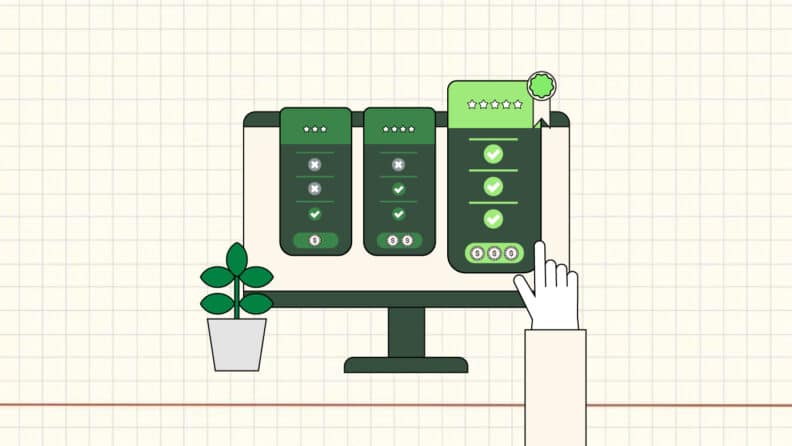What do movie rentals, newspapers, and liquor have in common? Each category has companies existing—and thriving—with subscription business models. But… why?
I wanted to explore all the nuances of the subscription model, look at some examples of prominent companies and why theirs are working, as well as what you need to consider before implementing it in your business.
What Is A Subscription Business Model?
A subscription-based business model is when a business charges customers a recurring fee, typically monthly or annually, in exchange for their service.
Historically, this has been most common with service-based businesses; however, subscription box services like Birchbox, Dollar Shave Club and Spotify have also shown that it can be quite successful with physical goods.
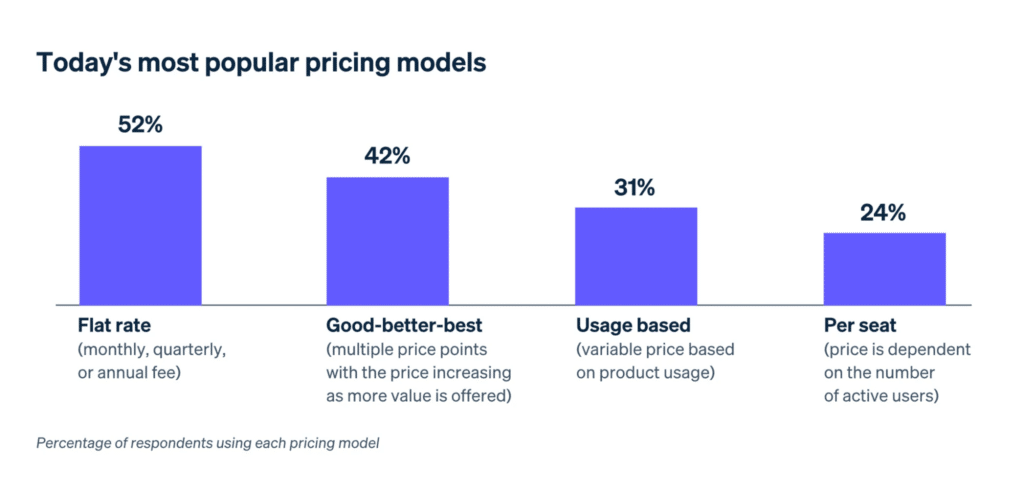
How a Subscription Model Works
The subscription model is quite familiar to most of us by now:
- You, as the business, advertise your offering to a prospective customer base. You lower the barrier to entry with compelling offers, such as free trials and low monthly costs.
- Once you have them in the door, you build an intentional customer journey to teach them how to get the most out of your product or service.
- Ideally, they maintain their subscription, giving you insights into how they’re utilizing your product or service.
- You collect expected cash, while they enjoy the product.
This model helps businesses capitalize on the compounding power of customer relationships: As long as customers feel they’re getting value from your offering, they'll happily continue subscribing.
However, the transactional nature of traditional subscription models can sometimes lead to a revolving door of customers, with churn rates becoming a constant concern.
5 Benefits Of A Subscription Business Model
The subscription business model has been gaining significant traction, and for good reason. During the COVID-19 pandemic, consumer demand for subscription services surged, leading to a boom in this sector.
While the pandemic-fueled growth has subsided, subscription models continue to outperform the broader online economy, indicating their enduring appeal. A staggering 23% of consumers who started new subscriptions during the pandemic plan to continue them, showcasing the model's staying power.
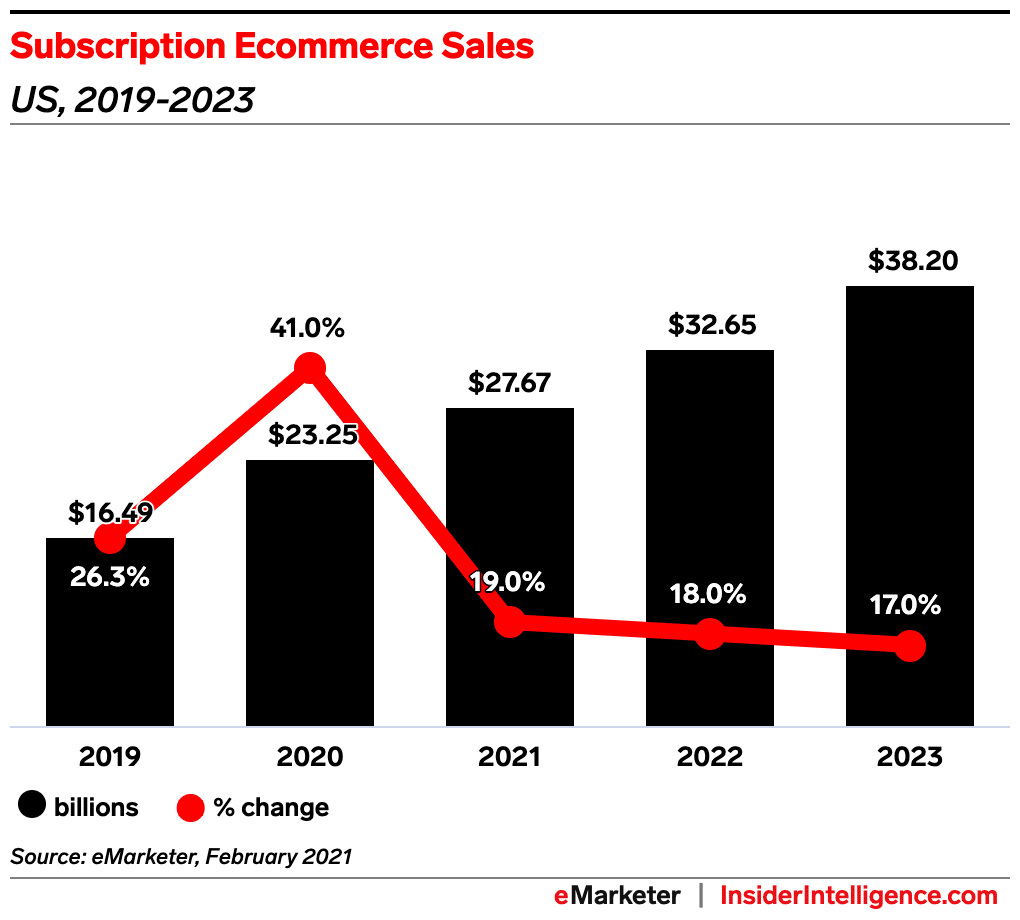
And there are a few clear reasons we can point to, to explain the success:
1. Higher Customer Lifetime Value:
One of the most critical metrics for online businesses is customer lifetime value (LTV). Subscription models are, by nature, focused on fostering long-term relationships with customers to keep them paying over an extended period.
Subscription businesses report a remarkable 230% increase in LTV compared to one-time purchase models. This significant boost in LTV underscores the potential for sustainable growth and profitability.
2. Compounding Revenue Growth
If you offer a product or service in exchange for a one-time fee, you’re back at square one once that customer interaction has run its course. You have to get your sales and customer retention teams to try to convince them to purchase again and, as we all know, getting the sale ain’t easy.
With a subscription model, you put the ball in the customer’s court, leaving them to cancel if they want, rather than having to convince them to pay you again every time the service is finished.
3. Better Ability to Forecast
Unlike the unpredictability of one-time purchases, subscriptions offer businesses a steady and predictable stream of revenue, which makes forecasting much easier.
Be careful about counting your chickens before they hatch, though—you’ll need to learn how to best recognize your revenue on annualized plans if you want to best plan ahead and allocate resources.
4. More Attractive to Investors
Subscription-based businesses are attracting significant investor interest due to their inherent advantages. Namely, the ability to forecast future revenues. If you have an evidence-based estimate of how much money you’ll be bringing in, it makes answering “is this worth it?” much easier for potential investors.
5. Focus on Scale
Founders and managers alike often find themselves stretched thin, juggling various aspects of their businesses. Fortunately, incorporating a subscription offering can be manageable.
According to a survey by Membership Geeks, 46% of subscription owners spend less than 20 hours a week maintaining their subscribed accounts. With just a few dedicated hours each week, entrepreneurs can run a thriving subscription-based business, allowing them to focus on other critical areas while collecting a recurring fee from monthly subscriptions.
4 Considerations Before You Switch
While the subscription model offers numerous benefits, it's not all sunshine and rainbows. Being aware of these challenges can help you better prepare and mitigate risks.
1. High Churn Risk
One of the most significant challenges with subscription models is the risk of customer churn. While it’s easier to get customers in the door, you need to give them good reasons to stay.
By nature, subscriptions are easy to cancel and, If your offering fails to meet evolving needs, your customers are going to do just that.
2. The Payback Period
With any business model, you usually spend money to acquire new customers; however, subscription businesses usually see a delay in the profitability of a new customer.
You spend money upfront to acquire them, but if your subscription cost doesn’t exceed what you’ve spent—and it usually doesn’t—you need those customers to stick around for a while in order to break even.
3. Customers’ Contract Aversion:
You know this as well as I do—people don’t like to take on future liabilities.
We have an almost inherent aversion to contractual commitments, which can hinder subscription adoption. The idea of agreeing to a recurring payment for an extended period is daunting, when you aren’t sure about your future needs and priorities.
To counter this challenge, you need to continuously demonstrate the ongoing value of your product or service. Clear communication, transparent pricing, and flexible subscription options can help alleviate these concerns and build trust with potential subscribers.
4. Pricing Complexities
Determining the optimal pricing strategy for a subscription model can be tricky: You don’t want to leave money on the table, but you don’t want to scare off potential customers, either.
Additionally, factors such as pricing tiers, discounts, and billing cycles can add layers of complexity. You need to understand your target customer’s:
- Willingness to pay
- Ideal pricing strategy
- Optimal billing cycle
In addition to the other information you need to know about them.
It isn’t for the faint of heart, but when you nail it, the subscription model sure can pay off.
3 Types Of Subscription Models (& Examples)
There are many types of business models out there—even once you’ve nailed down that you want to pursue a subscription model, you need to know what kind is best for what you offer.
Start by answering a few key questions about the product/service:
- What are you offering?
- Physical products
- Digital content/services
If you select Physical products, follow up by asking:
- How personalized/customized do you want each delivery to be?
- Highly personalized based on preferences/data
- Themed/curated selections
- Same product(s) delivered on a schedule
If you select A, a Personalized Subscription Box model like Birchbox in all likelihood is the best fit for your business.
1. Personalized Subscription Boxes
Personalized subscription boxes have gained immense popularity by tapping into people's simultaneous desires for convenience and personalized experiences.
The appeal lies in the opportunity to explore new products on a regular basis. Customers enjoy the convenience of having new items delivered to them without the hassle of shopping and researching.
Example: Birchbox
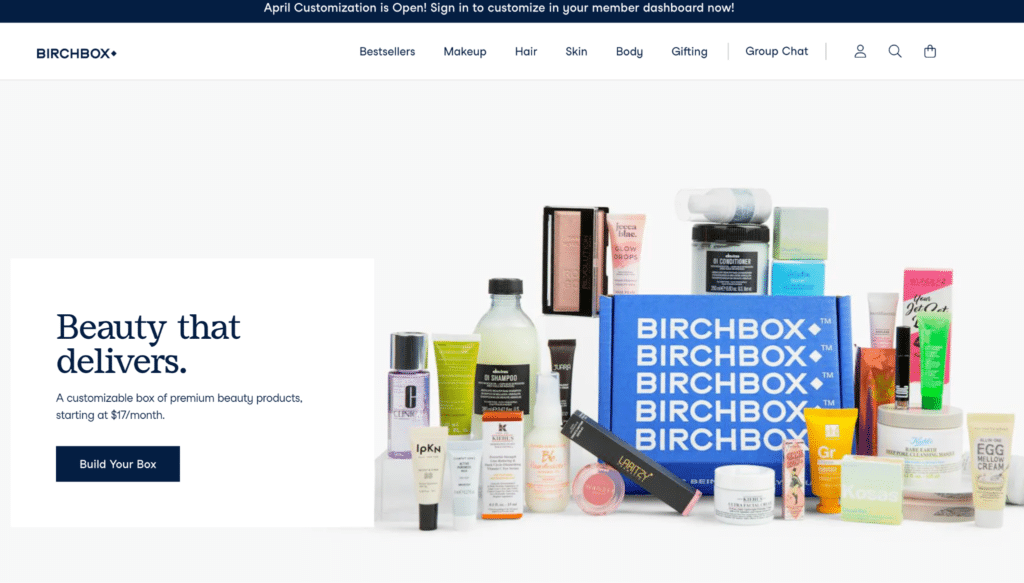
By sprucing up each delivery with personalized samples, they create an engaging experience that makes subscribers feel “seen”. If they find something they love, they head over to Birchbox’s site and buy the full-sized product.
Voila—increased sales.
Collecting customer data helps Birchbox tailor each box to ensure a highly personalized and engaging experience, fostering customer loyalty and driving additional purchases.
2. Memberships
Membership models are a specialized version of the subscription model, offering a sense of exclusivity and community. Consumers pay on a recurring basis, typically monthly or annually, to gain special access, discounts, or privileges aligned with their interests and values.
Example: MasterClass
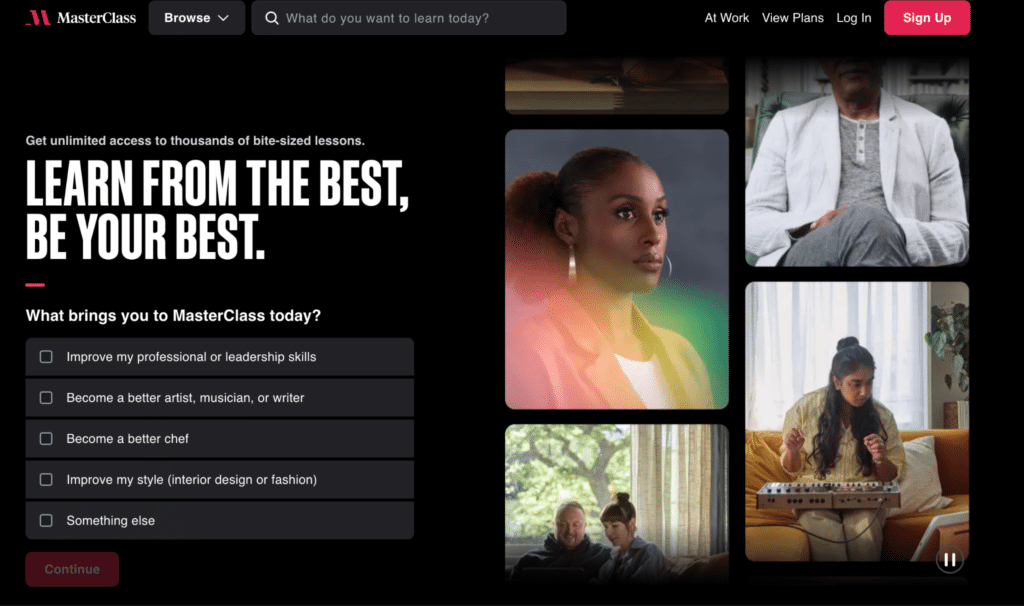
MasterClass membership gives users virtual admission to courses taught by renowned experts—in everything from cooking to creative writing—by providing scholarly video lessons from instructors at the top of their fields.
By providing unique and premium content taught by industry leaders, MasterClass justifies its subscription pricing and fosters a sense of belonging among members seeking exclusive educational experiences.
3. SaaS Subscriptions
The software-as-a-service (SaaS) subscription model has become ubiquitous, with companies like Google, Adobe, and Slack adopting this model. Customers pay a recurring fee for access to software and services, losing access if they stop paying after their billing period ends.
Example: Adobe Creative Cloud
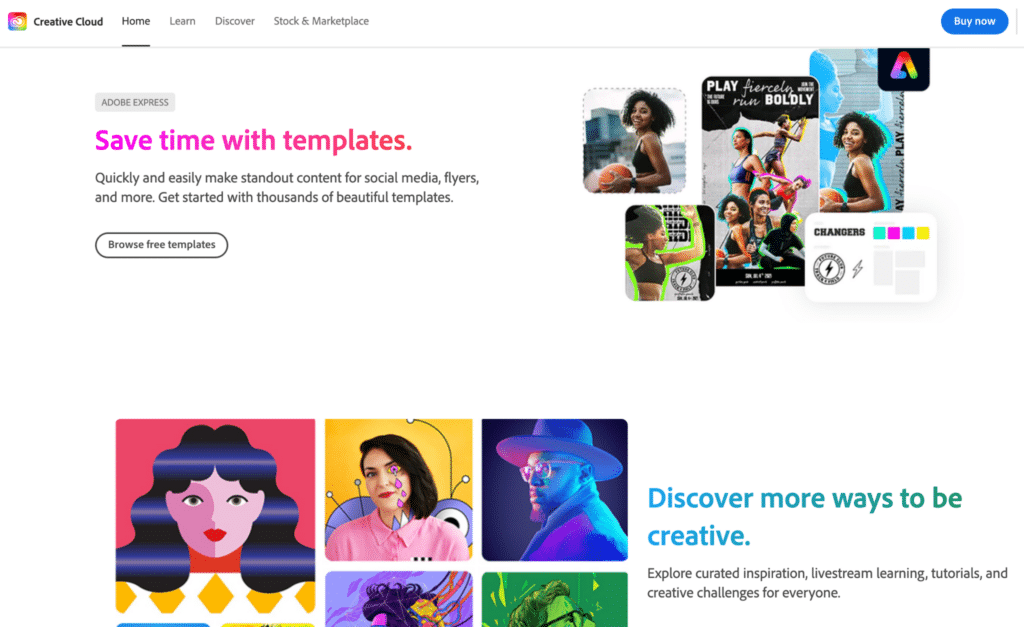
Adobe bundles together a series of programs digital creators would need access to in order to push their ventures forward, inserting themselves into the “need to have” category for business operations.
By covering all tools in the creative suite and consistently improving these offerings, Adobe justifies its ongoing subscription fees and retains customers seeking cutting-edge creative tools.
Closing Thought
If you’re still working out your product-market fit, I wouldn’t recommend pursuing a subscription business model, as you may start confusing the reasons your customers are churning.
If you’ve found a clear fit for your product and want to spend less time selling, the subscription model could be a great choice.
Ready to compound your abilities as a finance operator? Subscribe to our free newsletter for expert advice, guides, and insights from the finance leaders shaping the tech industry.

